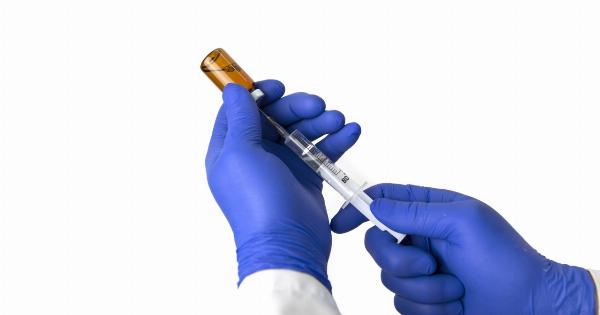General anesthesia is a state of deep unconsciousness and loss of sensation, caused by the administration of drugs, which is necessary for various surgical procedures where the child cannot tolerate pain and discomfort.
The American Academy of Pediatrics (AAP) and American Society of Anesthesiologists (ASA) recommend the use of general anesthesia for procedures that are painful, distressing, or longer than a few minutes in nature. It is especially important for younger children who may not understand why they are undergoing a procedure and may be afraid or uncooperative.
Why General Anesthesia is Used for Young Children
There are many reasons why children may require general anesthesia, including surgery, diagnostic procedures, and therapeutic interventions. Some of these reasons include:.
Surgery
Surgery is the most common reason for the use of general anesthesia in children.
Children may require surgery for various reasons, including repairing a congenital heart defect, removing tonsils and adenoids, repairing a hernia, and removing tumors, among others. In many cases, surgery can be performed on an outpatient basis, meaning that the child can go home on the same day as the procedure, but in some cases, hospitalization may be required.
Diagnostic Procedures
Diagnostic procedures that may require general anesthesia in children include magnetic resonance imaging (MRI), computed tomography (CT) scans, and endoscopies.
These procedures are important for diagnosing various medical conditions but can be uncomfortable and distressing for young children. General anesthesia can help keep children still and relaxed during these procedures.
Therapeutic Interventions
Therapeutic interventions that may require general anesthesia in children include bone marrow transplants, spinal taps, and radiation therapy.
These interventions are often necessary for treating various medical conditions but can be painful and uncomfortable for children. General anesthesia can help keep children calm and comfortable during these procedures.
What Happens During General Anesthesia for Young Children
Before administering general anesthesia for young children, the medical team will conduct a thorough medical history and physical examination to assess the child’s overall health.
This process is essential for ensuring the safety and effectiveness of the anesthesia. During the procedure, the child will be placed in a state of deep unconsciousness with the use of medication administered through an IV or mask.
The medical team will monitor the child’s vital signs, including heart rate, blood pressure, and oxygen levels, throughout the procedure to ensure their safety. After the procedure, the child will be closely monitored until they are fully awake and alert.
Risks and Precautions for General Anesthesia in Young Children
Although general anesthesia is considered safe for young children, there are some risks involved. The most common risks include:.
- Reaction to the medication used for general anesthesia
- Breathing difficulties
- Damage to teeth or mouth from the anesthesia equipment
- Allergic reactions to medication
- In extremely rare cases, death
To minimize these risks, parents should ensure that their child receives anesthesia care from a qualified medical professional with experience in pediatric anesthesia.
In addition, parents should inform the medical team of any medical conditions or medications that the child is taking, as well as any allergies or adverse reactions they may have experienced in the past.
Conclusion
General anesthesia is a safe and effective way to keep young children comfortable and still during painful or distressing medical procedures.
When administered by a qualified medical professional, general anesthesia can help ensure the success and safety of various interventions. However, parents should be aware of the potential risks and precautions involved and should consult with their child’s medical team to determine the best course of action.































